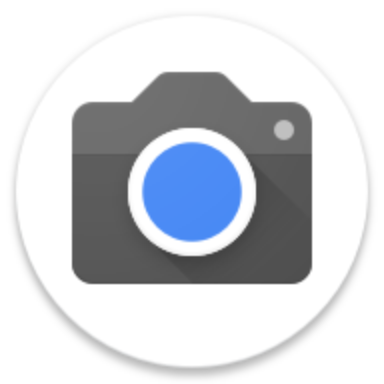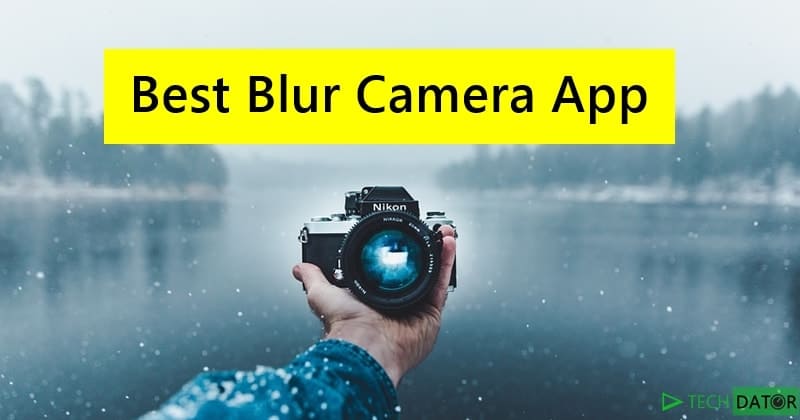
- #LENS BLUR CAMERA APP FOR ANDROID ANDROID#
- #LENS BLUR CAMERA APP FOR ANDROID SOFTWARE#
- #LENS BLUR CAMERA APP FOR ANDROID PROFESSIONAL#
- #LENS BLUR CAMERA APP FOR ANDROID SERIES#
You'll be able to add professional-looking blur background effect using at least one of the following tips, no matter what type of phone you use.
#LENS BLUR CAMERA APP FOR ANDROID PROFESSIONAL#
it helps you to achieve a more professional look for your photos.Here's an example of a photo I took in a winery with my iPhone:īeing able to achieve blur background effect has a number of benefits: Now our phones have developed and so have our phone cameras and we can achieve this effect. Why use a blur background effect on your photos or videos?Ĭreating professional blur effects (or shallow depth of field) has long been something that photographers could achieve with expensive DSLR cameras but not so much those of us holding smartphones. I realised that many of you don't know this trick either, so I figured, why not wrap it up into a post with a few other tips and tricks for getting the blur background effect. Recently I came across a brilliant way to add the blur effect to photos and it's available to everyone, no matter what kind of camera you have. After all, it's what I usually have handy, especially when travelling. I hope to change that soon with a photography course I am doing but in the meantime I wanted to find a shortcut for taking more professional-looking photos with my smartphone. Yes I have a couple of them (acquired over the years) and yes I'm a little embarrassed they've rarely moved away from auto. I'm slowly learning a few things with my under-used DSLR cameras. Like many of my readers, I'd love to be savvy with a fancy camera. This is all achieved by simulating a physical lens using the thin lens approximation.BY DONNA MORITZ | PUBLISHED 23RD SEPTEMBER, 2018 The focal plane determines which pixels to blur, with the amount of blur increasing proportionally with the distance of each pixel to that focal plane. Having computed the depth map, we can re-render the photo, blurring pixels by differing amounts depending on the pixel’s depth, aperture and location relative to the focal plane. Finally, we use Markov Random Field inference methods to solve the optimization problem. For example, you can often assume two pixels near each other are at a similar depth. To address this ambiguity, the optimization also incorporates assumptions about the 3D geometry of a scene, called a "prior,” that favors reasonable solutions. But that’s typically not a well-posed optimization problem - you can get the same similarity score for different depth maps. Now it’s an optimization problem: we try to build a depth map where all the corresponding pixels are most similar to each other.

How do we figure out which pixel in one image corresponds to a pixel in another image? MVS measures how similar they are - on mobile devices, one particularly simple and efficient way is computing the Sum of Absolute Differences (SAD) of the RGB colors of the two pixels.

MVS works the way human stereo vision does: given the location of the same object in two different images, we can triangulate the 3D position of the object and compute the distance to it. Once we’ve got the 3D pose of each photo, we compute the depth of each pixel in the reference photo using Multi-View Stereo (MVS) algorithms. Using computer vision algorithms known as Structure-from-Motion (SfM) and bundle adjustment, we compute the camera’s 3D position and orientation and the 3D positions of all those image features throughout the series.
#LENS BLUR CAMERA APP FOR ANDROID SERIES#
First, we pick out visual features in the scene and track them over time, across the series of images. The new image is rendered instantly, allowing you to see your changes in real time. By changing the depth-of-field slider, you can simulate different aperture sizes, to achieve bokeh effects ranging from subtle to surreal (e.g., tilt-shift). You can choose to make any object come into focus simply by tapping on it in the image. Unlike a regular photo, Lens Blur lets you change the point or level of focus after the photo is taken.


#LENS BLUR CAMERA APP FOR ANDROID ANDROID#
It lets you take a photo with a shallow depth of field using just your Android phone or tablet. That all changes with Lens Blur, a new mode in the Google Camera app. Achieving this optical effect has traditionally required a big lens and aperture, and therefore hasn’t been possible using the camera on your mobile phone or tablet. Shallow depth of field makes the object of interest "pop" by bringing the foreground into focus and de-emphasizing the background. One of the biggest advantages of SLR cameras over camera phones is the ability to achieve shallow depth of field and bokeh effects.
#LENS BLUR CAMERA APP FOR ANDROID SOFTWARE#
Posted by Carlos Hernández, Software Engineer


 0 kommentar(er)
0 kommentar(er)
